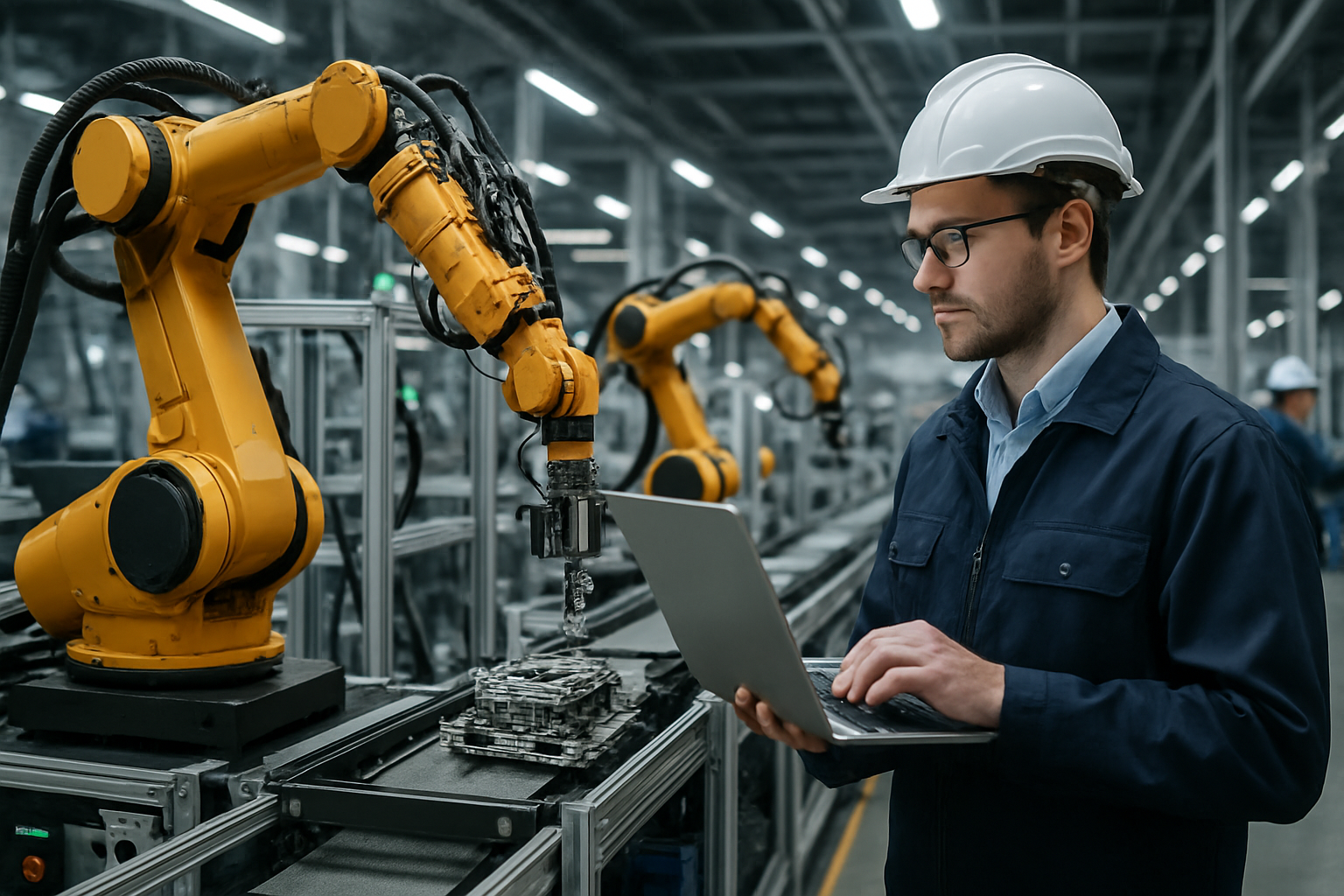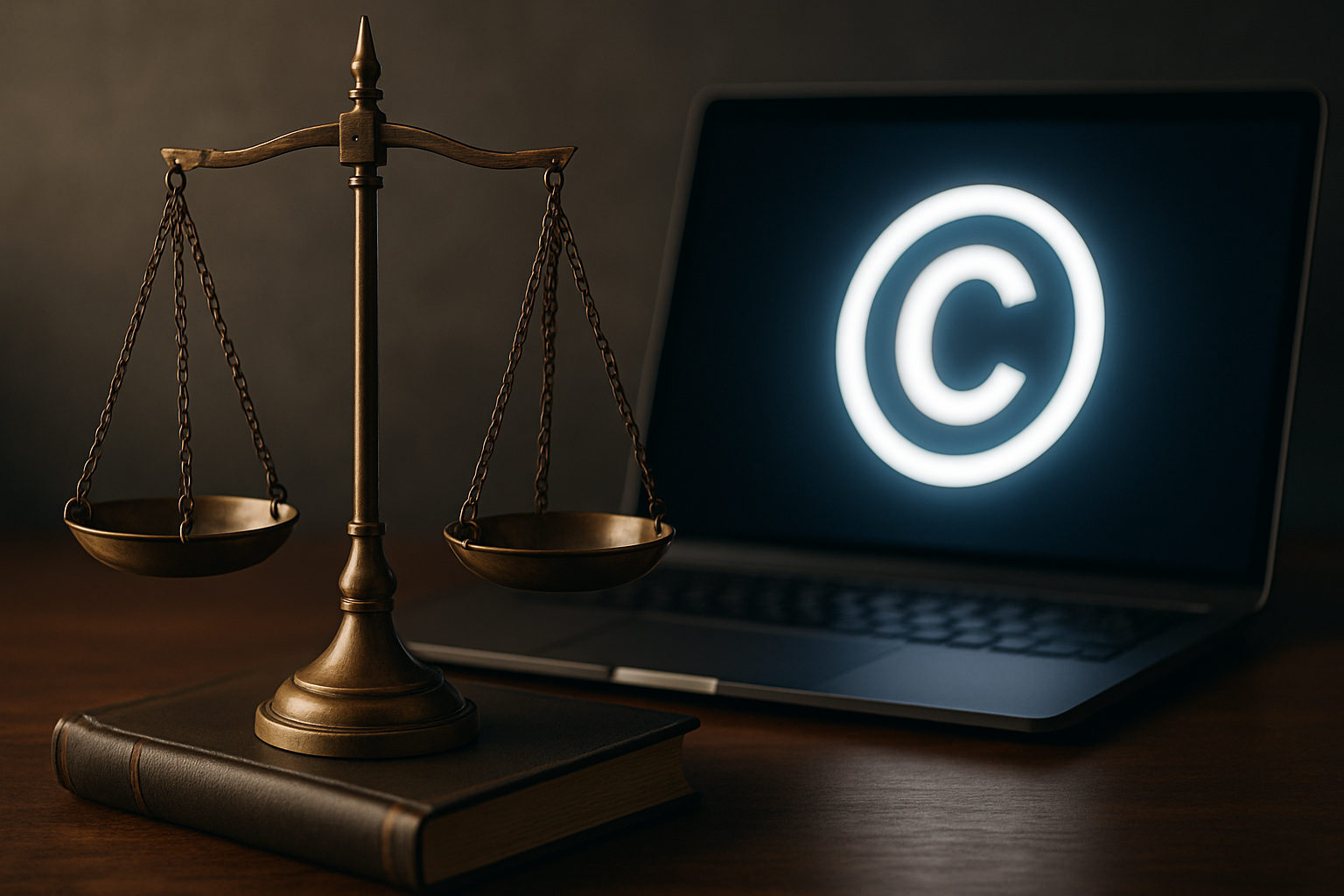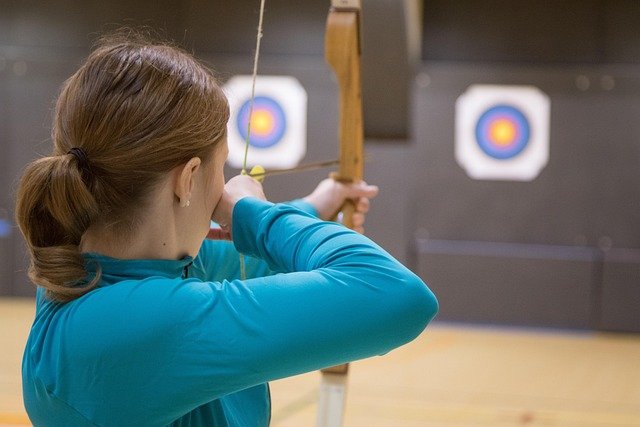Chronobiomechanics: The Future of Personalized Health Optimization
In a world where health trends come and go, a groundbreaking approach is quietly revolutionizing the way we think about wellness. Chronobiomechanics, an emerging field at the intersection of chronobiology and biomechanics, promises to unlock unprecedented levels of personalized health optimization. But what exactly is this innovative concept, and how could it transform your daily life?

The Genesis of Chronobiomechanics
The roots of chronobiomechanics can be traced back to the early 20th century when scientists first began to understand the concept of circadian rhythms. These internal biological clocks regulate various physiological processes, including sleep-wake cycles, hormone production, and body temperature fluctuations. Simultaneously, the field of biomechanics was evolving, focusing on how physical forces act on the body during movement and at rest.
It wasn’t until the late 1990s that researchers began to notice intriguing connections between these two seemingly disparate fields. They observed that the body’s mechanical properties, such as muscle strength and joint flexibility, appeared to vary throughout the day in patterns that aligned with circadian rhythms. This revelation sparked a new wave of interdisciplinary research, laying the foundation for what would eventually become known as chronobiomechanics.
The Science Behind Chronobiomechanics
At its core, chronobiomechanics examines how our body’s internal timekeeping mechanisms influence our physical capabilities and vulnerabilities at different times of the day. This field considers factors such as:
-
Diurnal variations in muscle strength and power output
-
Fluctuations in joint flexibility and range of motion
-
Changes in bone density and susceptibility to stress fractures
-
Variations in cardiovascular performance and endurance
-
Alterations in balance and coordination throughout the day
By mapping these patterns and understanding their underlying mechanisms, chronobiomechanics aims to provide a more holistic and time-sensitive approach to health and fitness optimization.
Implications for Personalized Health Strategies
The insights gained from chronobiomechanics have far-reaching implications for how we approach personal health and wellness. Here are some key areas where this emerging field is making significant impacts:
-
Optimized Exercise Timing: By identifying an individual’s peak performance windows, chronobiomechanics can help tailor exercise routines to maximize results and minimize injury risk.
-
Injury Prevention: Understanding when the body is most vulnerable to certain types of injuries allows for the development of targeted prevention strategies.
-
Rehabilitation Protocols: Chronobiomechanics-informed rehabilitation programs can accelerate recovery by aligning therapies with the body’s natural repair cycles.
-
Occupational Health: For professions requiring physical exertion or prolonged static postures, chronobiomechanics can guide work schedules and ergonomic interventions to reduce strain and improve productivity.
-
Athletic Performance: Elite athletes are increasingly turning to chronobiomechanics to gain a competitive edge, fine-tuning their training and competition strategies based on their individual chronotypes and biomechanical profiles.
Technological Advancements Driving the Field
The rapid evolution of chronobiomechanics has been made possible by significant technological advancements. Wearable devices equipped with sophisticated sensors now allow for continuous monitoring of various physiological and biomechanical parameters. Machine learning algorithms can process this vast amount of data to identify patterns and make personalized recommendations.
Some of the most exciting technologies in this space include:
-
Smart textiles that can measure muscle activation and joint angles throughout the day
-
Non-invasive sensors for tracking hormonal fluctuations in real-time
-
Advanced motion capture systems for detailed biomechanical analysis
-
AI-powered apps that integrate chronobiological and biomechanical data to provide actionable insights
These tools are not only revolutionizing research in the field but are also making chronobiomechanics accessible to the general public, paving the way for widespread adoption of personalized health optimization strategies.
Challenges and Future Directions
Despite its immense potential, chronobiomechanics faces several challenges as it continues to evolve. One of the primary hurdles is the complexity of data interpretation. The interplay between circadian rhythms and biomechanics is highly individualized, making it difficult to develop one-size-fits-all solutions.
Additionally, there are ethical considerations surrounding the collection and use of such intimate biological data. As chronobiomechanics becomes more prevalent, it will be crucial to establish robust privacy protections and ensure that the benefits of this technology are equitably distributed.
Looking ahead, researchers are exploring exciting new frontiers in chronobiomechanics, including:
-
The impact of jetlag and shift work on biomechanical performance
-
The role of chronobiomechanics in mental health and cognitive function
-
Developing chronobiomechanics-based interventions for age-related decline in physical function
-
Integrating chronobiomechanics into urban planning and public health initiatives
Harnessing Chronobiomechanics in Your Daily Life
While the field of chronobiomechanics is still evolving, there are several ways you can begin to apply its principles to optimize your health:
• Identify your chronotype and align your workout schedule with your body’s natural performance peaks
• Pay attention to how your flexibility and strength vary throughout the day, and adjust your activities accordingly
• Consider the timing of your meals in relation to physical activities to optimize energy levels and recovery
• Use wearable devices to track your sleep patterns and activity levels, looking for correlations with your physical performance
• Experiment with different times for stretching or yoga sessions to find when your body is most receptive
As we continue to unravel the complex interplay between our internal clocks and physical mechanics, chronobiomechanics stands poised to usher in a new era of personalized health optimization. By aligning our daily activities with our body’s natural rhythms and mechanical capabilities, we may unlock unprecedented levels of well-being and performance. The future of health is not just about what we do, but when we do it – and chronobiomechanics is leading the way in this temporal revolution of wellness.





